There can be your advertisement
300x150
Safety in the Child's Room: 5 Rules You Must Know
The child's room in the house is a zone of heightened parental concern. We all want to make the child's room the best, most beautiful, and cozy one. However, often when carefully planning the room design, choosing attractive furniture and toys, parents forget about the most important thing – the child's safety. Together with an expert, let's recall what must be in a child's room.
Olga Malysheva, Expert. Specialist of the company "Kaleva," which develops innovative PVC window systems, produces window profiles and manufacturing plastic windows.
1. Furniture – Stable and Without Corners
Doors and furniture must be stable and have no corners. Stability is ensured by mounting the furniture to the floor or walls, as well as installing door stops. Furniture with rounded corners can be selected in advance. If corners are present, they should be covered with special protective caps – corner guards. It is reasonable to equip all corners in the apartment with corner guards, not just in the child's room. Children are very active.
 2. Socket Covers
2. Socket CoversThe first step – having grounding and installing an RCD (residual current device) in the house. The second step – working with electrical installations. If there are small children in the house, it's worth equipping it with special socket covers. When a foreign object (a screw, stick, screwdriver, or any small part) is inserted into the socket opening, the covers automatically block the openings. If sockets are already installed in the walls, the mandatory solution is to use socket covers.
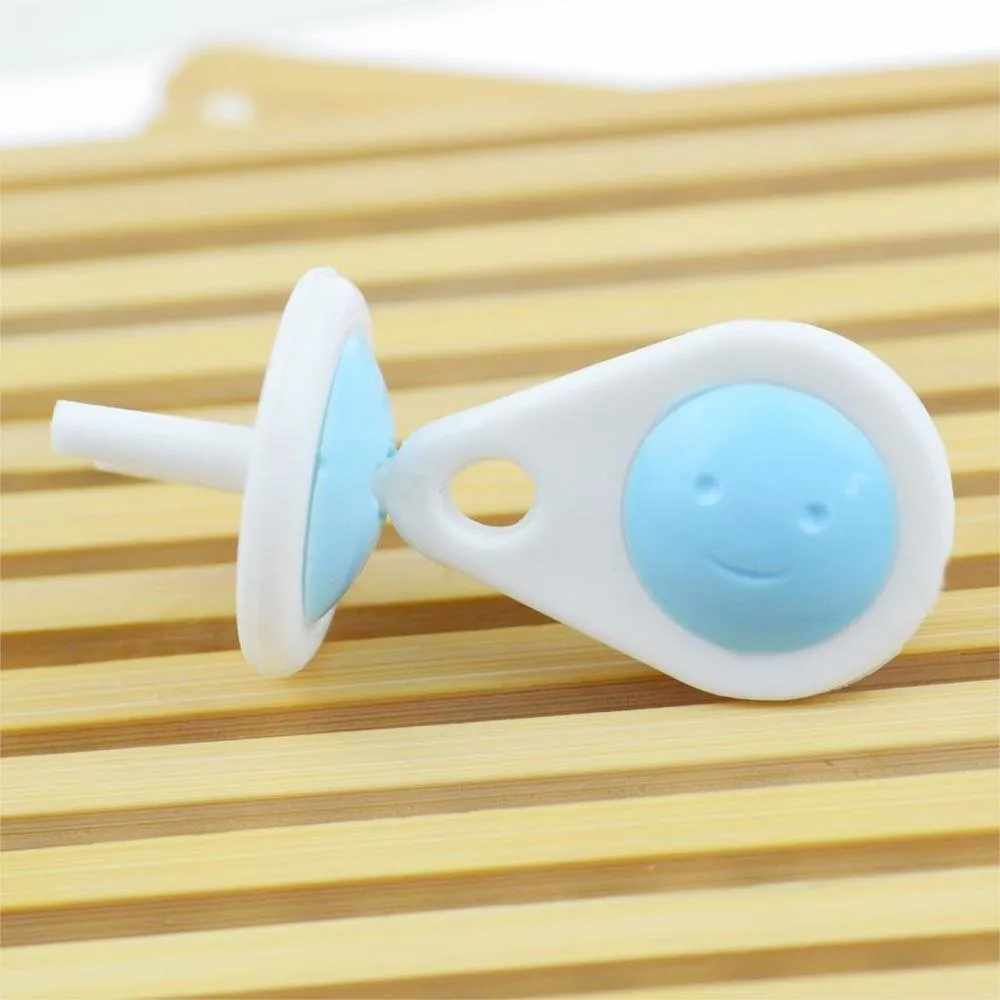 3. Light Sources Made of Non-Breakable Materials
3. Light Sources Made of Non-Breakable MaterialsAll parents know how important peripheral light sources are in a child's room. They are essential for children so they don't get scared when waking up in the dark. They are also important for parents, as they need to move quietly around the room. Light sources in a child's room should be made of non-breakable materials, preferably eco-friendly and without sharp angles in their construction.
In addition to lamps and night lights, the light source can also be the backlight of a glass unit. The child's room at dusk will turn into a fairy-tale world. The backlight of the glass unit will allow your child to sleep sweetly, admiring patterns, stars, and flowers. It will also be easy for you to move around the child's room.
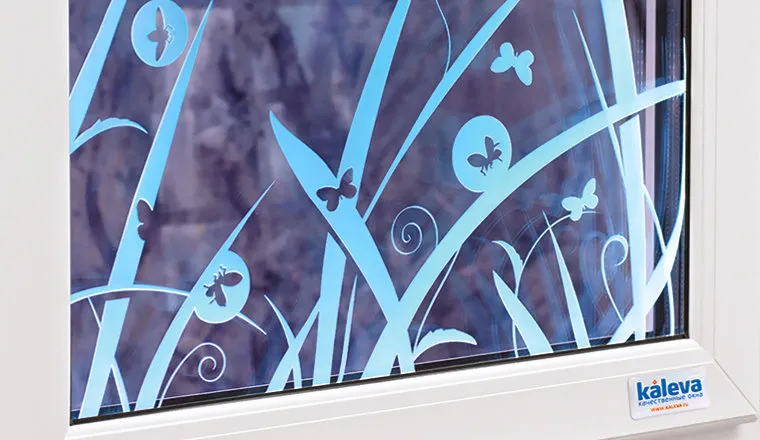 4. Child Safety Locks on Windows
4. Child Safety Locks on WindowsWe all know how much children love to spin by the window, climb onto the windowsill in their desire to explore the world. A familiar scene – a child in pajamas creeping closer to the glass and pressing pink palms against it.
A child safety lock is a simple and reliable solution for the child's safety. The handle of the window can only be turned using a key. We simply keep the key away from children. The mechanism of the locking device fits well into the window structure. Child safety locks include a ventilation mode, so fresh air will always be in the child's room.
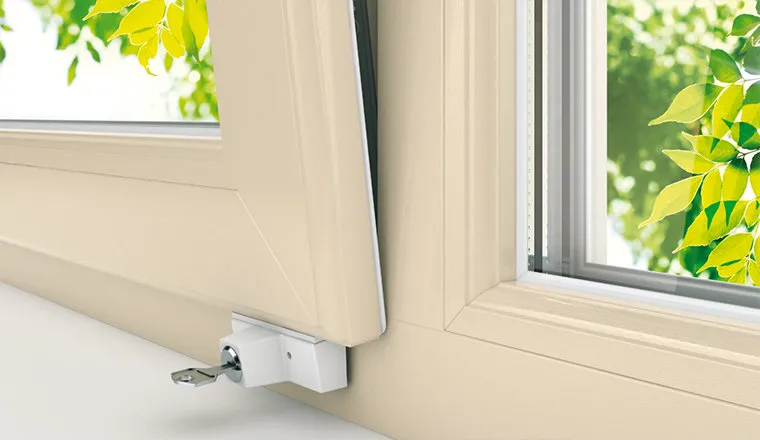 5. Safety Glass
5. Safety GlassChildren love to tap on the glass with their palms, or lean against it with all their body weight. When they grow up a bit more, they might want to throw something at the glass. It's better not to gamble on strength and immediately install safety glass – triplex – in the child's room.
In the past, such glass was only used in automotive or aerospace industries. Triplex withstands strong impacts. In the most extreme case, the surface of the glass will be covered with a pattern of cracks, but it will never shatter into pieces. The sound insulation properties of triplex also support its installation – your children will have sound comfort and peaceful sleep.
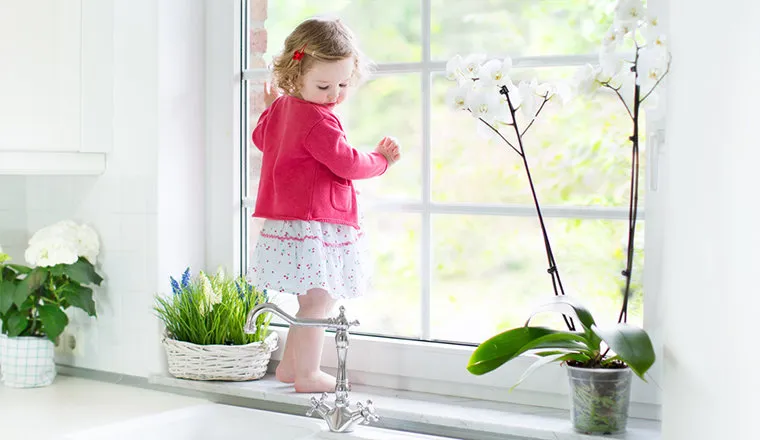
On the cover: Design project by Elena Solovyova
Read also:- Best Children's Room Projects by Designers
- 6 Common Mistakes When Decorating a Child's Room
- Infographic: How to Position Lights in a Child's Room
More articles:
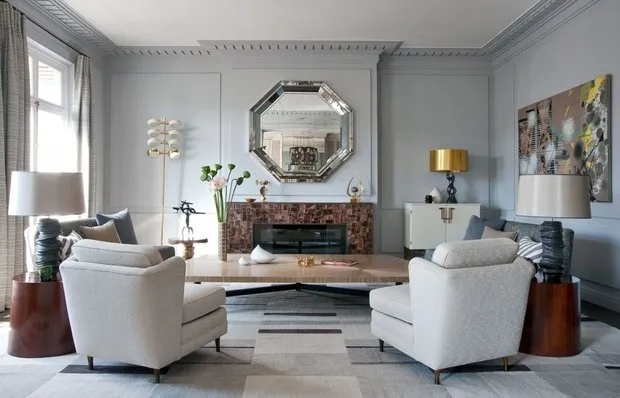 10 Ways to Ruin Your Perfect Interior
10 Ways to Ruin Your Perfect Interior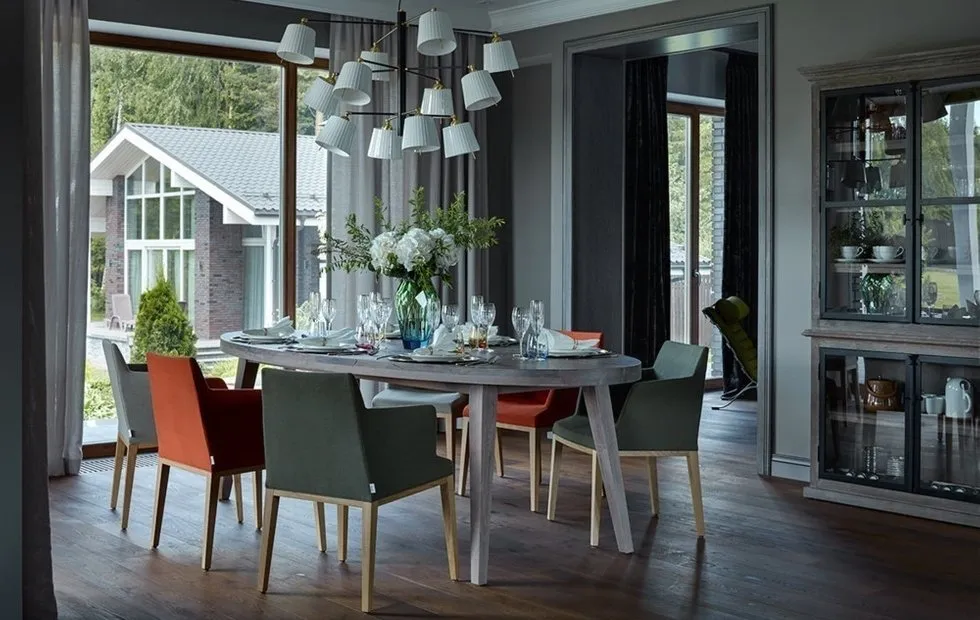 10 Ideas for a Country House You Will Love
10 Ideas for a Country House You Will Love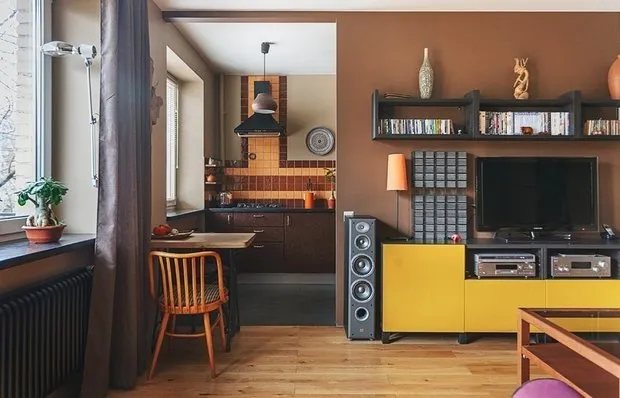 What You Can Do with a Khrushchyovka: 5 Examples
What You Can Do with a Khrushchyovka: 5 Examples Myths About Design Spread by Builders
Myths About Design Spread by Builders 3 Layout Options for a Panel New Building Apartment
3 Layout Options for a Panel New Building Apartment Where You Can Safely Save Money During Renovation: Designer's Opinion
Where You Can Safely Save Money During Renovation: Designer's Opinion Country House: 10 Facts You Might Not Know
Country House: 10 Facts You Might Not Know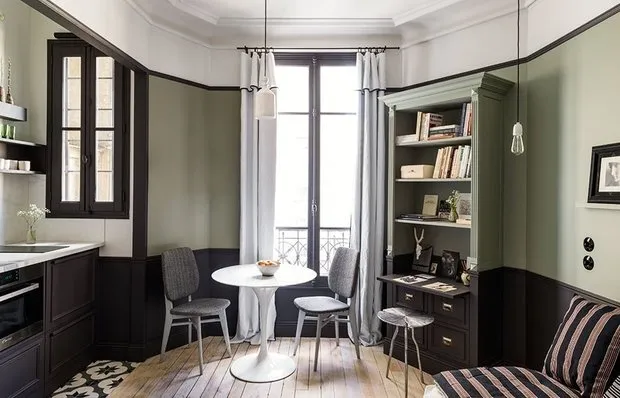 Design of a Very Small Apartment in Paris
Design of a Very Small Apartment in Paris